IGP Haute Vallée de l’Aude
Languedoc and beyond!


Mediterranean, Pyrenees and Atlantic…
are the three key words that describe this IGP whose character is based on these three influences.
Be prepared for some excitement!

IGP Haute Vallée de l’Aude and its geography
A cursory glance at the map of vineyards across Languedoc reveals that IGP de la Haute Vallée de l’Aude is located in the far south-westerly part of the region. This location is at the root of the IGP’s very distinctive identity through two critical factors: the oceanic influence rising off the Atlantic, along with the nearby Pyrenees which lead to vines being planted in high-elevation sites – sometimes over 500 metres above sea level – and the grapes to ripen fairly late.
Foundation
November 16
1981
Territory
54
villages
Production
11 960 hL
Producers
21 independent wineries,
2 co-operatives and
1 wine merchant.
Colours
Red
57%

Rosé
2%

White
41%

Main grape varieties
authorized for the reds
Cabernet Sauvignon
Cabernet Franc
Côt
Syrah
Merlot
Main grape varieties
authorized for the rosés
Meunier
Pinot Gris
Pinot Noir
Cabernet Sauvignon
Merlot
cépages principaux
authorized for the whites
Chardonnay
Sauvignon Blanc
Viognier
Pinot Blanc
Chenin Blanc
terroir


High elevations in certain areas, a climate where oceanic dovetails with Mediterranean, complex soil geology formed on molasse, limestone and clay or ancient alluvium, and a diverse array of Atlantic and Mediterranean grape varieties – not to mention the Loire’s typical Chenin varietal – all factor into the legitimacy of IGP Haute Vallée de l’Aude. The designation area stretches from the outskirts of Carcassonne to the end of the Aude gorges.
The wines are made from local and non-local grape varieties and are mostly red or white – their unique character stems from this varietal combination. The white wines are not necessarily Mediterranean in style – poised with ideal balance, they conjure up aromas of white-fleshed fruits, subtle floral notes and occasionally some honey notes. The deeply-coloured reds exude red and black fruit aromas with peppery notes on the nose and lots of energy on the palate. They show at their finest after being decanted. The rosés can forego decanting and deliver red fruit, spice or anise-like notes as soon as the bottle is opened.

History

A document dated 931 provides evidence of the extremely ancient history of vines in this area. It has certainly been an eventful history, like in all wine regions, but also one that in all likelihood will continue positively into the future. That’s because the natural surroundings of the vineyards – particularly the altitude – mitigate the impact of climate change, instilling abundant freshness and balance in the wines.





